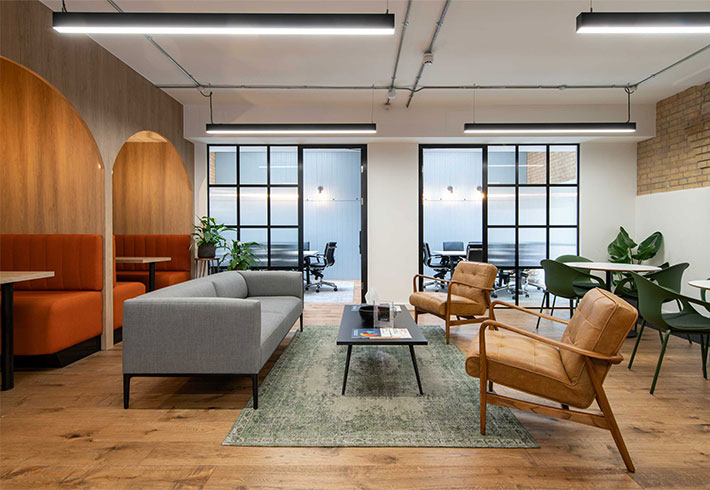
Sign up to our newsletter.
Stay up to date on the latest in workplace design & build. Sign up to our newsletter for useful advice, information and inspiration from the world of workplace.
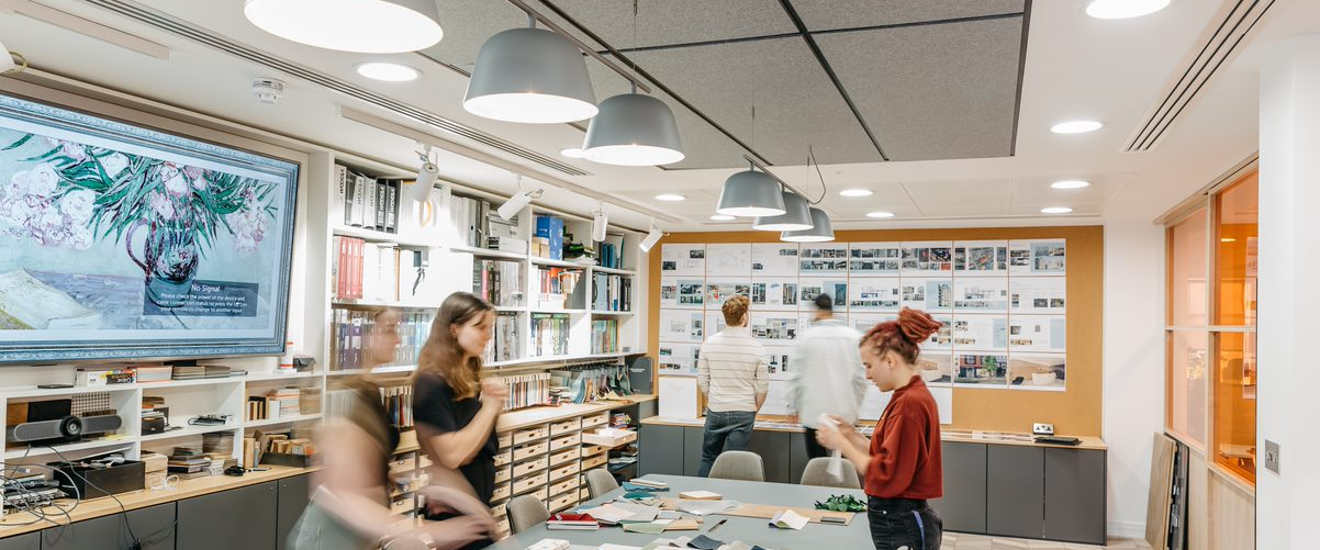
By Katie Boc, Technical Designer (with help from Steve, Gary, Phil, Adrian & David)
Our team of designers work together to create spaces that transform working lives. It’s not just a question of creating a beautiful space. The design phase of any project is a complex, multi-stage process, that’s managed by concept and technical designers. While our concept designers take an idea and develop it into something magical, technical designers prepare, then work to ensure that the magic can come to life.
Technical design is about making design work. Maintaining the vision for our clients’ workspaces is key, while interrogating how this vision is best achieved in practice. In design, there are an infinite number of factors to consider from logistics, to building control and occasionally even material availability. It’s up to technical design to uncover the variables that crop up, either before or after the concept stage of design has taken place.
We’re often tasked with finding specialist, technical solutions to overcome obstacles or challenges. For example, where we’ve designed for fresh air flow into a building, we have to consider the whole setup of the building. There may be pre-existing grids or mesh installations that change our design approach, to make sure that the quality of fresh air remains high. Then, we have to think about building control so that we can deliver compliant schemes. At GIB Asset Management, we carefully managed a complicated design with lots of detailing, alongside the added challenge of delivering during a pandemic, and we are so proud of the end result.
One of the great things about technical design is the amount you get to work alongside other teams at different parts of the process. Technical design plays a pivotal role between preconstruction and concept. Guiding the initial stages of a project, we advise on building regulations and buildability considerations. Then, we work with the concept designers to develop a construction pack that can be adopted by the construction teams on site, working closely with our in-house mechanical and electrical specialists to align our proposals. The vision evolves into the blueprint which we package up, ready for build. Our role continues along the project journey until the moment we hand over the keys to the client. It’s great to work directly with colleagues, clients but also subcontractors and it’s important to manage all relationships throughout the process.
While some of our time is spent creating design drawings, other parts of our time are spent on site. This is the part of the job where you learn the most. It’s so exciting to watch and understand how drawings take shape in reality, while learning about the technical implications of our work. We’re constantly learning about the advancements in acoustics, the updates to construction methods and how our designs can better transform the working days of our clients.
Every project is totally unique. For example, at Jellyfish Pictures, we created an in-house screening and cinema room that featured bespoke editing suites that were unlike anything we’d technically designed before. Some of our technical designers have been working at Peldon Rose for over 20 years, and we’re still faced with new challenges every day. It keeps the role exciting.
Technical design works to integrate so many aspects of every design and build project. Nothing can be considered in isolation, so you are constantly dealing with lots of moving parts. It also forces us to look deeper into the depths of design. Not only is it important to create something that looks nice and is functional, but ultimately it has to work effectively too.
We’re always looking out for new opportunities. Working with TomTom, it was great to traverse borders to Paris and Belgrade, which presented a whole new set of technical challenges to consider.
Universally, sustainability is becoming more and more important for our clients, and we love playing a part in finding new ways to design sustainably. We can look at where long-wearing materials such as recycled steel, cork or reclaimed wood are used in design. Even better, we can find ways to reuse existing items. This involves combining design with practicality to identify options such as where joinery can be sanded down and reused as a beautiful piece of furniture or suggest how existing structures can be reconfigured while retaining their sound, technical qualities. Lastly, regularly visiting our construction managers on site means that we can advise how site equipment can be reused or recycled for future use.
There is no better feeling than standing in a completed project, looking around and seeing the design that you’ve helped to create appear in real life. As a Technical Designer, I am constantly learning from the rest of the team, but the ever-evolving developments in technical design mean I can occasionally teach them a few things too!

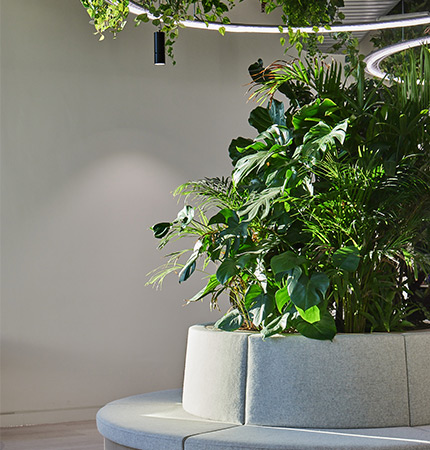
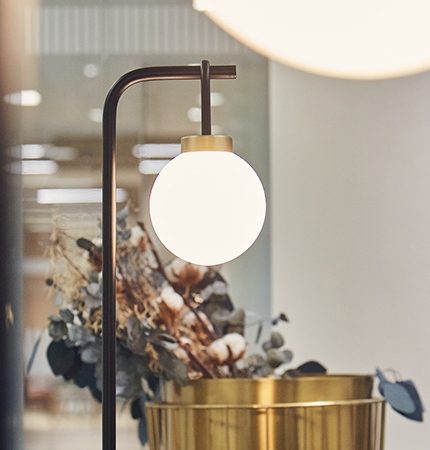
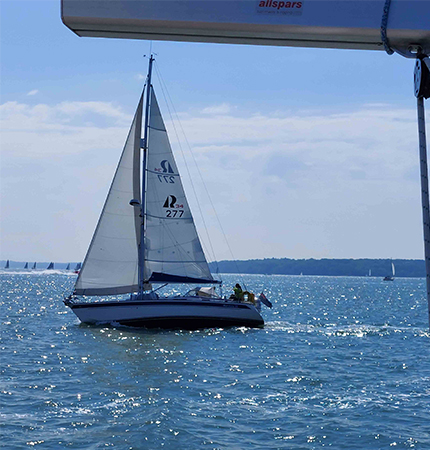

Your workplace holds enormous potential to improve your business performance. Get in touch today, and we will unlock that potential together.